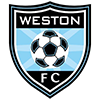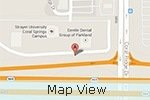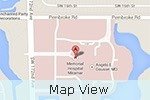Achilles Tendon Bursitis
Achilles tendon bursitis or retrocalcaneal bursitis is a condition that commonly occurs in athletes. It is a painful condition caused by swelling of bursa, a fluid-filled sac which is located at the back of the heel under the Achilles tendon. This retrocalcaneal bursa contains a lubricating fluid that acts as a cushion to reduce friction between muscle and bones. Achilles tendon is the large tendon that connects the calf muscles to the heel bone (calcaneous) and is used when you walk, run, and jump.
Achilles tendon bursitis is caused by overuse of the ankle which results in irritation and inflammation of the bursa. The common causes include too much of walking, jumping, or running, Achilles tendon bursitis can also occur in conjunction with Achilles tendinitis, inflammation of the Achilles tendon. Dancing en pointe, demi-pointe or in plie puts more force on the Achilles tendon. Due to the frequency of movements performed by dancers, it places an abnormal amount of stress on the tendon.
Children who suddenly increase their level of physical activity are at a higher risk of developing Achilles tendon bursitis.
The most common symptom is pain and tenderness at the back of the heel especially while walking or running. Pain increases when standing on tiptoes. In some cases, the skin at the back of the heel may become warm and red.
Your doctor may diagnose the condition based on the symptoms and physical examination of the ankle. Diagnostic tests such as X-ray and MRI may be required later on if the treatment does not improve the symptoms.
Treatment
The initial treatment for Achilles tendon bursitis includes
- Restrict the activities that cause pain.
- Apply ice on the injured area which will help to reduce the swelling. Ice should be wrapped on a cloth and applied rather than direct application.
- Nonsteroidal anti-inflammatory medications may be given to reduce the inflammation and pain.
- Custom heel wedges can be used to reduce the stress on the heel.
- Physical therapy may be recommended which will help to restore and improve the flexibility and strength of the muscles, tendons, and joints around the ankle.
- Corticosteroid injections may be injected into the bursa to reduce swelling and pain. You must ensure that your child does not over stretch the tendon after the injection as it may lead to Achilles tendon rupture.
- If retrocalcaneal bursitis is associated with Achilles tendonitis, it may be necessary to immobilize the ankle for several weeks until healing takes place. This can be done by applying a cast on the ankle, which limits ankle movement and allows the tendon to rest.
Surgery is considered only when all non-surgical treatment fails to resolve pain and inflammation.
Bursectomy is a surgical procedure done to remove an inflamed or infected bursa.
Achilles tendon bursitis may be prevented by maintaining proper form during exercises. Ensure that your child does some warm up exercises before the start of any sports activity which may help prevent injury of the Achilles tendon.
-
Personalized Physical Therapy Puts Bryant Back on the Court
Bryant could hear the whistles blowing as he walked by the gymnasium.
View more -
No off-season for sports injuries
As a new season of school sports and youth leagues gets underway,
View more -
Student Athletes Benefit from Individualized Treatment at U18 Sports Medicine
Becoming involved in a sport is one of the healthiest things that a child can do.
View more -
For young athletes, injuries need special care
More programs are using procedures and surgical techniques tailored for kids.
View more -
Dr Frank u18 Tip 1
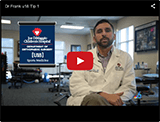 View more
View more -
Segment U18 Tip with Dr Frank 1
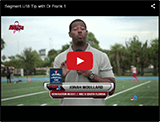 View more
View more -
Dr. Frank’s 2010 WQAM high school football game halftime interviews
View more

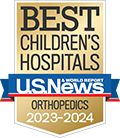


 Menu
Menu






 In The News
In The News Hollywood Office
Hollywood Office

![[U18] Sports Medicine](https://www.kidbones.net/wp-content/themes/ypo-theme/images/u18-sports-medicine-performing-arts-logo.png)
